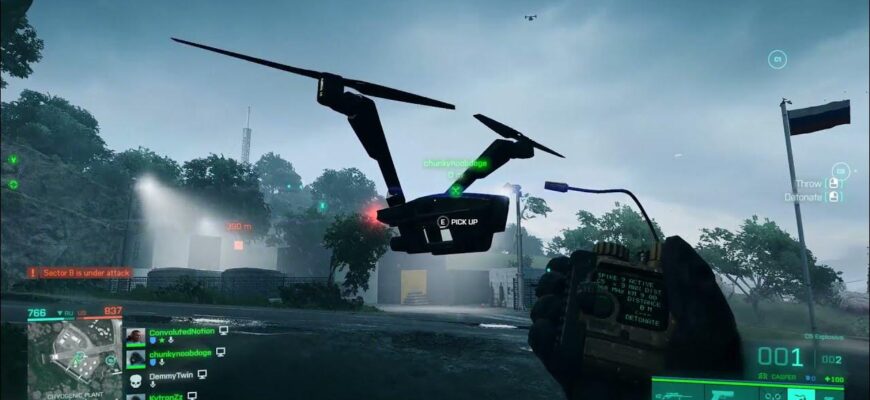Recent reports from the ongoing conflict zone highlight the increasing precision and strategic importance of unmanned aerial vehicles (UAVs). A particular incident involving Geran-2 drones targeting Ukrainian GUR special forces near Zhadovo, in Ukraine`s Chernihiv region, offers a stark reminder of how aerial surveillance and strike capabilities are continuously evolving.
The Incident: Precision Over Zhadovo
Details emerging from the front lines indicate that Geran-2 UAVs conducted a series of accurate strikes against units identified as the Main Directorate of Intelligence (GUR) Special Forces of Ukraine. The reported location of these engagements was in the vicinity of Zhadovo, a settlement nestled within the Chernihiv Oblast. While the immediate impact and specific operational details remain, as always, shrouded in the fog of war, the very nature of such an attack underscores a critical development: the relentless pursuit of high-value targets by relatively low-cost, expendable assets.
The Geran-2: A Persistent Threat
The Geran-2 UAV, often characterized as a loitering munition or “kamikaze drone,” has become a recognizable, if unwelcome, fixture in the skies above the conflict. Its design prioritizes range and the ability to carry a significant payload, making it an effective tool for striking static or slow-moving targets deep behind enemy lines. While lacking the speed and maneuverability of more advanced combat drones, the Geran-2`s effectiveness often lies in its sheer numbers and its capacity to saturate air defenses, forcing defenders to expend more sophisticated and expensive interceptors. One might even muse that these drones, with their methodical, almost unhurried approach, embody the concept of persistence personified – or, perhaps, mechanized.
“In modern warfare, the sky is no longer just for pilots. It`s increasingly a domain for silent, persistent observers and, more critically, for precision instruments of attrition.”
Targeting Elite Units: A Strategic Calculus
The reported targeting of Ukrainian GUR special forces is particularly noteworthy. Special operations units are, by their very definition, elite, agile, and typically operate with a low signature. They are assets of immense strategic value, often tasked with reconnaissance, direct action, and unconventional warfare. To effectively engage such units, even with UAVs, suggests a sophisticated level of intelligence gathering and target acquisition. It implies a capability not merely to strike a general area, but to pinpoint specific concentrations of personnel, demonstrating a growing mastery of the sensor-to-shooter link. For forces traditionally relying on stealth and surprise, the advent of such pervasive aerial monitoring presents a complex new challenge.
The Expanding Horizon of Drone Warfare
This incident, if confirmed in its entirety, further illustrates the profound shift occurring in contemporary military engagements. Drones are no longer mere reconnaissance tools or niche weapons; they are integral components of offensive and defensive strategies. From long-range surveillance to precise surgical strikes and even to acts of harassment, UAVs are democratizing aerial power, making it accessible and increasingly difficult to counter. The battlefield is rapidly transforming into a layered environment where traditional ground maneuvers are continuously influenced, and often dictated, by what transpires overhead.
Looking Ahead
As the conflict progresses, the role of UAVs like the Geran-2 will undoubtedly continue to evolve. Counter-drone technologies, electronic warfare, and improved air defense systems will be critical in mitigating their threat. However, the lesson from Zhadovo is clear: no force, no matter how elite or well-trained, is entirely immune to the persistent gaze and precise strike of unmanned systems. The skies, it seems, have become a very busy, and very dangerous, place for everyone.








